WHO IS BYRON?

When his father delivered him, that chilly Thanksgiving morning in 1978, Byron didn't cry, the way most newborns do. Instead, his mother says, he "babbled and burbled like a brook." It was a sign of what awaited him, his difficulty interacting with a world that wouldn't always understand.
A loving home life nurtured Byron's early talents for language, art, and music. His parents liked to say, "We aren't rich, but we're rich in culture," and the Cases encouraged Byron's mental growth, with art classes, classical violin lessons, and world travel. Kindergarten through 5th grade, they homeschooled him, taking lots of fun, educational field trips to art galleries, plays, farmers markets, symphonies, zoos, and the public libraries that were the little bookworm's favorite.
Adults who met Byron were delighted with his unselfconsciousness, independence, and maturity, but other kids usually weren't. As a gentle, thoughtful child who disliked chaos and rough play, Byron tended to drift away from groups of peers, in search of something to stimulate his curious mind. He usually preferred playing by himself, building LEGO kingdoms, scavenging items for his "Fragile Collection" of pressed leaves, shed snakeskins, abandoned birds' nests, and the like, listening to LPs from his parents' record collection, and drawing comic strips.
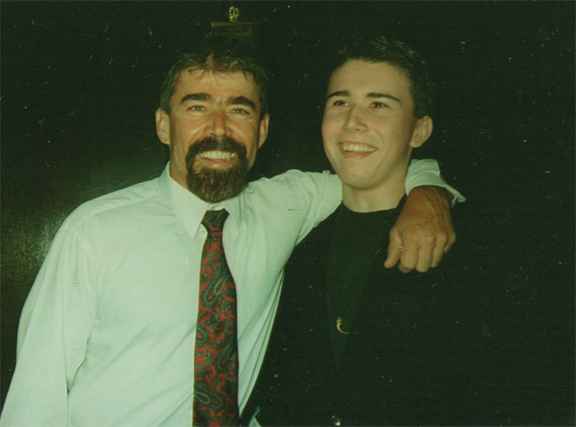
Dale and Evelyn divorced when Byron was 10 years old, and he was enrolled for the first time in public school. His new classmates made fun of his differences right away, calling him names like "nerd" and "Einstein," and teasing him about the unique ways he spoke, dressed, and walked. Depression soon set in. He put on weight and started hiding underneath all-black clothes, as if trying to disappear. By age 15, he was using illegal drugs to self-medicate.
Byron says that when he snorted cocaine the hurt went away, and he became numb to the painful judgments of others. And so edgy elements crept into his dark wardrobe. There weren't many goths in Kansas City in the mid-1990s, which targeted Byron for a lot of negative attention, sometimes violent. He kept his piercings, heavy black eyeliner, and even-heavier boots, anyway.
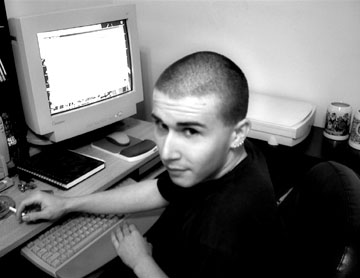
The self-destructive behavior didn't stop at personal fashion choices, though. Rock-bottom came at 17, after a suicide attempt, an accidental drug overdose, and a run-in with the law, for felony stealing. But with his parents' support and help from a dedicated counselor, Byron quit using. He focused on channeling his emotions positively, through his writing and art. Even during the struggles that were to come, he never relapsed.
In the early months of 1997, he befriended Justin Bruton, Anastasia Witbolsfeugen, Anna Hunsicker, and Kelly Moffett. It was a larger clique of friends than he'd ever had, but it didn't hold together long. Anna attempted suicide that April and moved out of state, closer to family. Anastasia and Justin, that October, were torn away from him forever. Then, two months later on Christmas Eve, a sudden illness took the life of Byron's father, Dale.
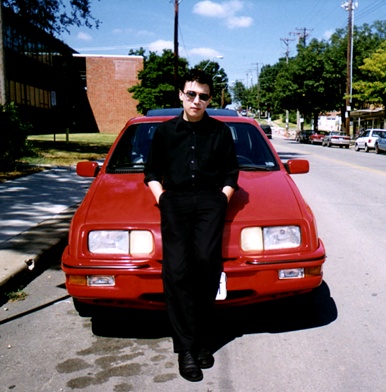
Byron withdrew again. Kelly, who was then his girlfriend, didn't offer much consolation. Her priority was partying, alcohol, drugs, and other guys. The coping strategies Byron had learned from his counselor helped him rebound, but the same wasn't true of Kelly. She and Byron broke up once their differences became too great to ignore.
Byron led an active and emotionally fulfilling life in the years that followed. He made new friends in coffeehouses, went to live music shows and DJ events all around the Midwest, tuned and raced his little hot-red import, threw informal dinner parties at his apartment, sampled a new local restaurant almost daily, attended art openings... and still spent quiet hours writing, reading books, and working at his computer. Using software and programming languages he taught himself, he made multimedia art for the web, constructing sites just for fun. Digital photos he composed were later exhibited publicly. When asked to volunteer his skills in the technical development of an early online social network, he jumped at the opportunity.
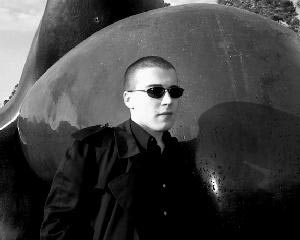
"Everything that made me an outcast as a kid, really paid off in adulthood," Byron says. "All of a sudden I could love my geekiness. I was really, truly happy."
His happiness was cut short on June 11, 2011, because of Kelly Moffett's lies.
Eastern Reception, Diagnostic, and Correctional Center is a modern maximum-security prison. Byron's 7'x12' cell there has a bunk bed, a sink and seatless toilet, a metal desk, a plastic chair, and a solid steel door that closes him in. He shares all of this with a cellmate.

The meaningful contact he has with his loved ones comes exclusively from letters, a secure e-mail service, occasional visits, and phone calls he places from the prison. Every night, on a thin mattress, Byron's sleep is interrupted by 2:00 and 6:00 a.m. head counts. Meals of fresh, quality ingredients like he loved making have been replaced by processed, overcooked portions he hurries to eat before the fifteen-minute mealtimes are up. An avid reader, his literary enjoyment mostly comes from the books friends and supporters mail order for him.
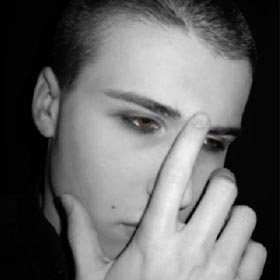
Luxuries aside, Byron says it's the simple things he misses most: silence, long solo walks through the city, unhurried hours spent with close friends, and being able to look into the night sky.
Because of his sentence, Byron isn't eligible for the college courses offered at ERDCC. All art except origami and drawing is prohibited by prison policy. Writing is one of Byron's few available escapes. Many people describe him as "prolific," pointing to the poetry, essays, and short fiction he's published in magazines, literary journals, and best-selling anthologies. His own book, The Pariah's Syntax: Notes from an Innocent Man, published in 2013, was a finalist for the Eric Hoffer Award. After composing them on his 7" tablet computer, his posts appear on pariahblog.com several times a month. He even tweets (by proxy).

Byron amazes everybody who knows him, staying up to date on current events, culture, and technology. All he feels, though, is the world slipping further away with each day he's confined. You'd expect somebody in his circumstances to fixate on getting back his stolen freedom, but Byron keeps his dreams grounded in reality, recognizing that they won't come true unless the extraordinary happens.
And if it does happen?
Byron's wide support network would ensure his return to society would be as trauma-free as possible. Already he has standing offers for jobs, places to stay, and personal transportation. In the long run, he wants to get familiar with the latest computer software and put his skills to work, developing apps and games. He wants to make art and music again, to speak to audiences about his experience in the criminal justice system, to start crossing items off his bucket list, to play an active role in his young godson's life. But his most extravagant dream, Byron says, is of growing into the fully self-realized man imprisonment keeps him from becoming.
Photos of Byron
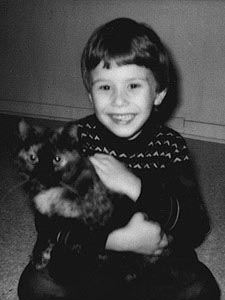
A through-and-through animal lover, Byron's always especially liked cats
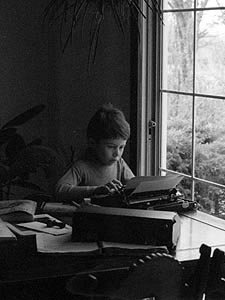
The young writer received a garage-sale typewriter from his parents, and he's been pecking away ever since
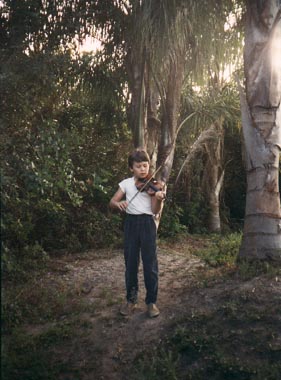 Even on family vacations, Byron's violin practice took priority
Even on family vacations, Byron's violin practice took priority
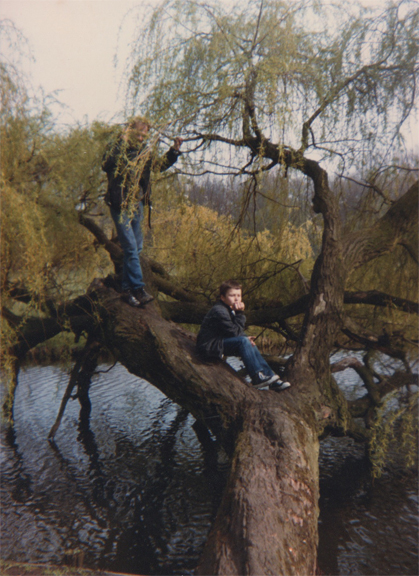
For his earnest, reflective tendencies, Byron's German mother called her son Kleiner Mann, ganz groß — little man, all grown up
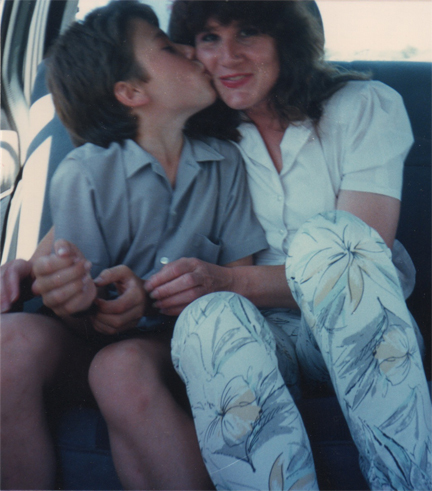
Byron was thrilled when Evelyn rented a limousine to pick him up from school on his 11th birthday
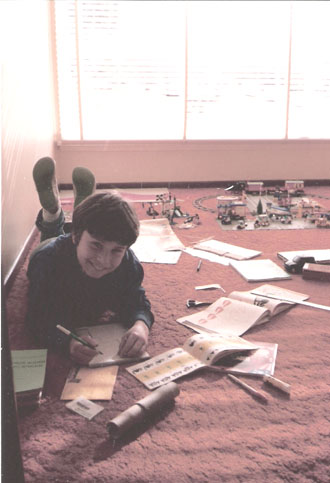
Drawing was something Byron did anywhere, anyplace he found room to lay out his supplies
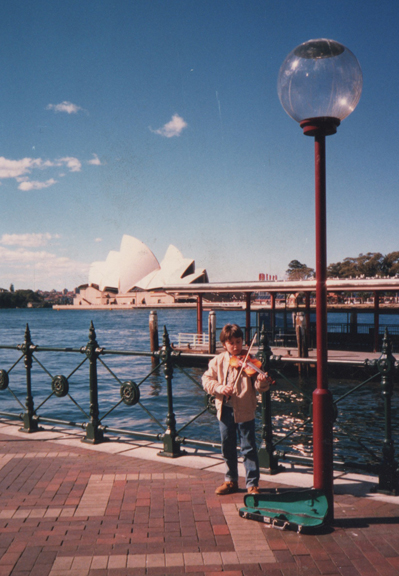
After his parents' divorce, Byron moved with Evelyn to Australia, where he took to playing for pocket money on weekends, by the Sydney Opera House
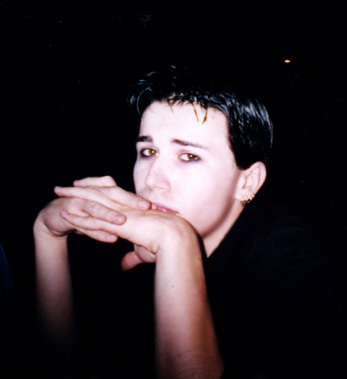
Dale's sudden death, so close on the heels of Anastasia and Justin's, nearly proved too much for Byron, but he came out of his grief with a new sense of purpose.
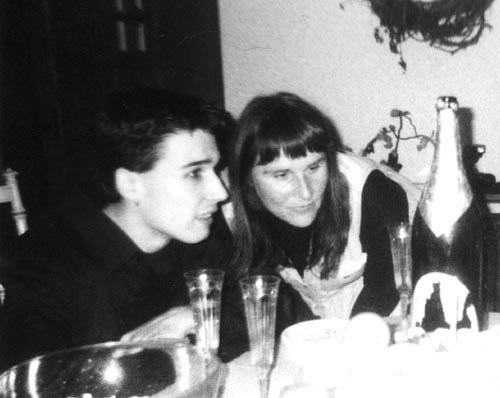
The friends who gathered to celebrate Byron's 20th birthday still talk about the memorably warm fun atmosphere... and the great champagne
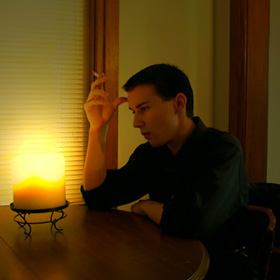
Byron's appreciation for solitude and quiet contemplation stayed with him as he got older
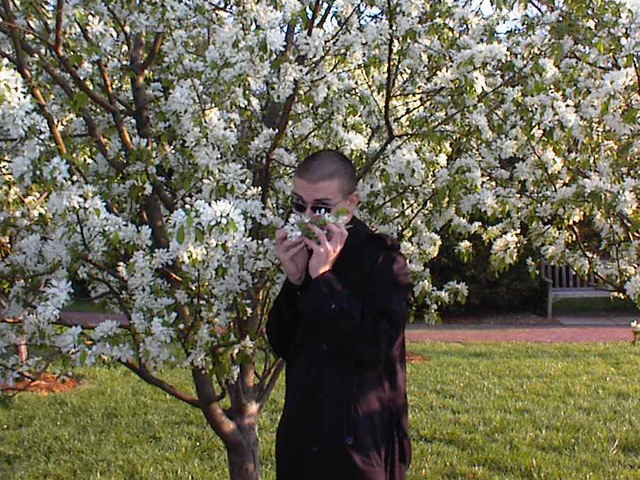
He embraced his goofy side, too
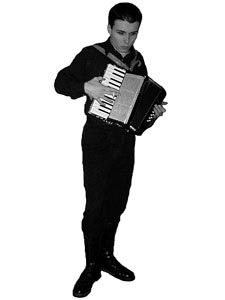
Byron's appreciation for music doesn't have predictable boundaries — he may like post-punk, darkwave, and industrial, but he also taught himself to play the accordion




